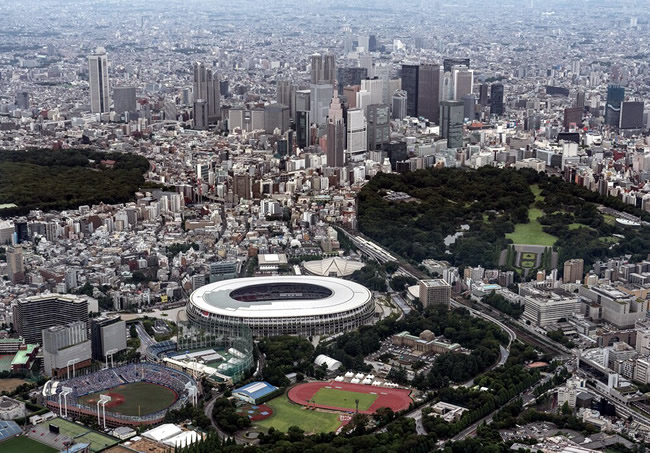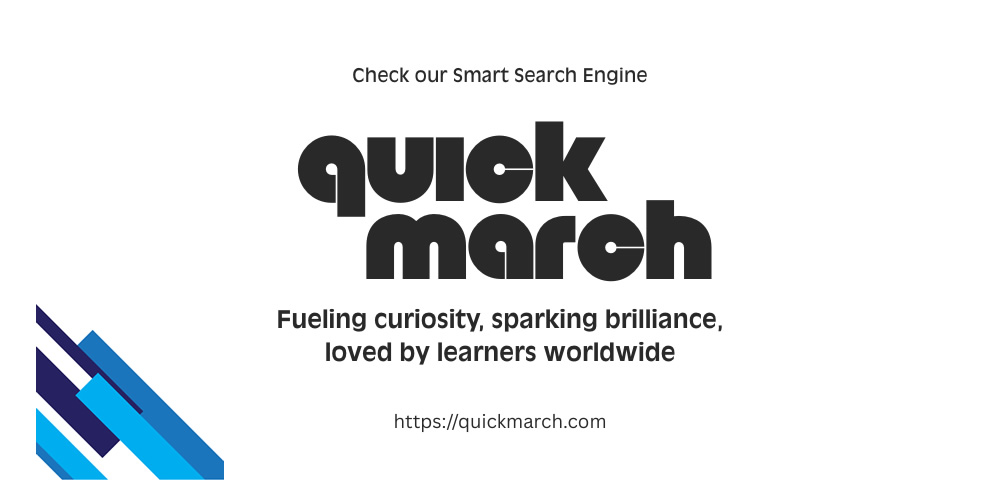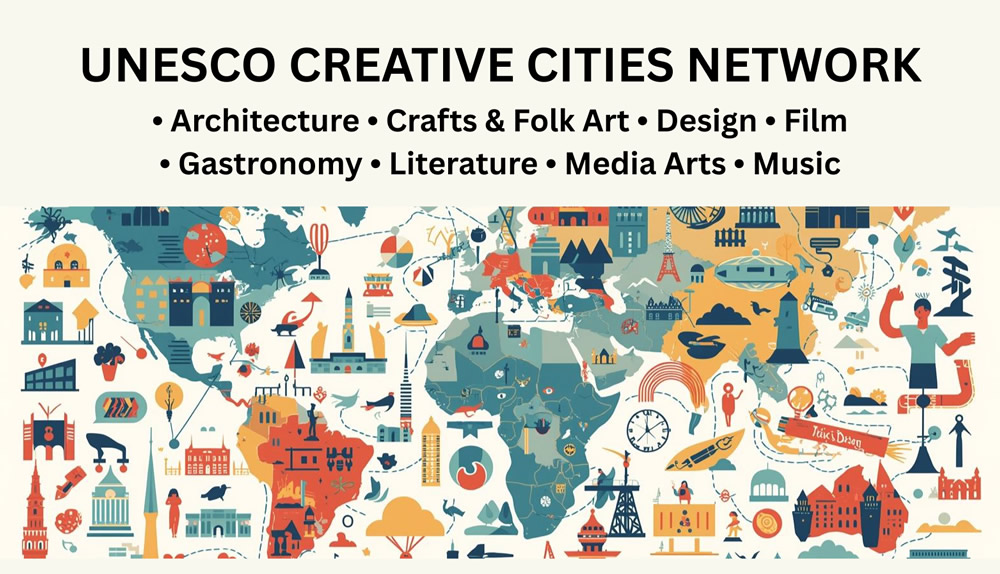« MSc program in Global Luxury and Management (GLAM): SKEMA and NYU School of Professional Studies sign agreement to allow enrolled students to study in NYC | Main | Lamborghini Esperienza Giro "Journey into the Vast" — Unparalleled expedition of 42 Lamborghinis through the North West of China »
July 17, 2021
Tokyo 2020's Olympic Venues combine Tradition with the Future.


Photos: Olympic Village Tokyo 2020. Images credit: International Olympic Committee.
Tokyo, July 17, 2021 - Tradition and modernity are never far apart in Tokyo, the Japanese capital, where teahouses and ancient shrines sit beside glass skyscrapers, capsule hotels, and robot cafés.
No wonder then that this unique blend of modern and traditional also applies to the venues at the Olympic Games Tokyo 2020, accelerating the city’s transition to a more inclusive and smart city.
“Tokyo has a rich heritage and has shown its capacity to innovate. It did that at the Olympic Games in 1964. This time, the Games will accelerate the city’s move to a more sustainable future,” says Marie Sallois, IOC Director for Sustainability.
The Heritage Zone’s first cluster includes venues first used for the Olympic Games Tokyo 1964. The iconic Nippon Budokan is the spiritual home of Japanese martial arts, where judo got included in the Olympic program in 1964. This year it will welcome karate to the Olympic Games.
On the other hand, the Tokyo Bay Zone is a cluster of modern venues, many of them linked to water. The Tokyo Aquatics Centre, for example, has elegant curves on its diving platforms and a 10-lane main pool. State-of-the-art technology allows the length and depth of its pools to be adjusted by moving floors and walls. It is powered by solar energy and a ground heat exchanger, reflecting modernity and Tokyo 2020’s commitment to sustainability.
Of the 25 venues reused for Tokyo 2020, five come from Tokyo’s 1964 Olympic Games: the Yoyogi National Stadium, Equestrian Park, Nippon Budokan, Enoshima Yacht Harbour, and Tokyo Metropolitan Gymnasium. They are some of Tokyo’s most iconic venues. Most famous for its suspension roof, for example, the Yoyogi National Gymnasium has become an architectural icon due to its distinctive design, mixing traditional Japanese architecture and western modernist aesthetics. This year, it will host handball, rugby, and badminton.
• Inclusive and Smart
Away from sport, Tokyo planners say the Olympic Games are helping to accelerate their city’s transition to become more inclusive and smart. The Games enable Tokyo’s 14 million residents to have more green spaces, healthier lifestyles, more accessible transport possibilities, and a better balance between life and work. The Games are also helping the city become more sustainable and better adapted to future challenges.
Tokyo’s new Olympic Stadium allows the wind from outside to breeze through the stands, for example, cooling the athletes and fans inside. In addition, the same stadium will be used as a shelter in an emergency, while its stores can hold enough food and water for 80,000 people. City authorities are also creating more green spaces, planting trees, and installing heat-reflecting pavements.
One of the green spaces will be down at the Olympic Village, which would host some 11,000 athletes this summer. When the Games are over, it will eventually consist of 24 buildings, housing a mix of residents. Designed to demonstrate an urban lifestyle that is environmentally friendly and technologically advanced, the Olympic Village will have seaside parks and other green spaces that add to the quality of life.
An essential part of the Tokyo 2020 legacy will be improved sporting facilities for the city’s residents. Recently constructed venues in the Bay Area Zone will offer the local community opportunities for swimming, canoeing, archery, sailing, hockey, running, tennis, rugby, rowing, and many more.
Tokyo City’s target sees 70 percent of Tokyo’s residents practicing the sport at least once a week. And so the Olympic preparations include creating a barrier-free environment across the city’s parks and streets for people of all ages and abilities.
Source: International Olympic Committee
|GlobalGiants.Com|







Edited & Posted by the Editor | 1:48 PM | Link to this Post







